1. Selma, Alabama
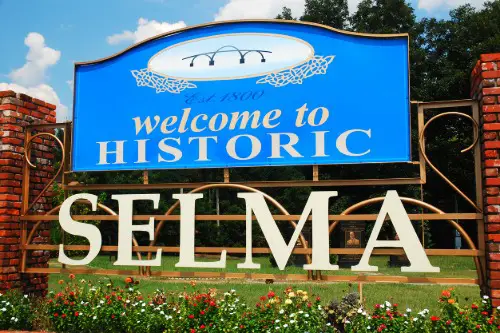
Selma is best known for its pivotal role in the Civil Rights Movement, but today, it struggles with economic hardship, PBS reports. Once a thriving industrial town, the decline of manufacturing jobs has left many residents unemployed or underpaid. The poverty rate remains high, and the city’s population has steadily declined as people move elsewhere for better opportunities. Many historic buildings and homes sit abandoned, reflecting the economic downturn.
Crime has been a persistent issue, making it difficult to attract new businesses and investment. Efforts to promote tourism around Selma’s historical significance have helped, but they haven’t been enough to turn the economy around. Schools and public services face funding shortages, adding to the town’s struggles. Despite these challenges, Selma’s residents continue to fight for revitalization and preservation of its rich history.
2. Gary, Indiana
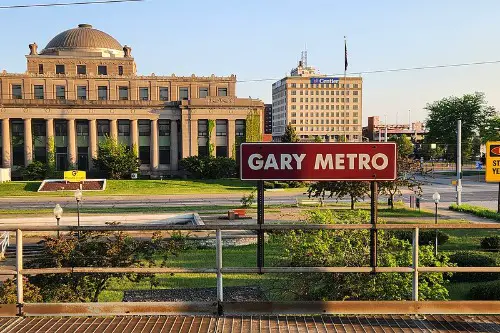
Gary was once a thriving steel town, but the decline of the steel industry led to significant economic challenges, according to The Guardian. The city experienced substantial population loss as residents moved away in search of employment opportunities. High unemployment and poverty rates have plagued the area, and many buildings have fallen into disrepair. Efforts to revitalize Gary have included attracting new industries and improving infrastructure.
Community initiatives have focused on addressing blight and promoting economic development through small businesses. Investments in education and job training programs aim to prepare residents for new employment opportunities. While progress has been made in certain areas, the city continues to face significant hurdles. The resilience of the community is evident as they work towards rebuilding and revitalizing their hometown.
3. Tabor City, North Carolina
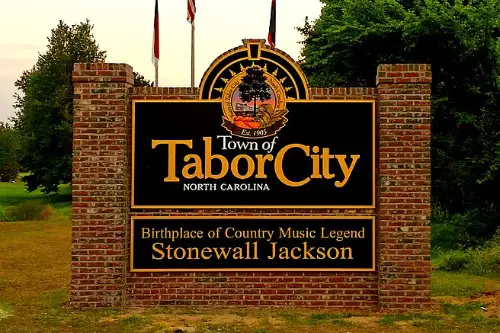
Tabor City has experienced economic challenges since the decline of its agricultural base in the late 20th century. Once known for its thriving tobacco industry, the town faced hardship as demand decreased and farming practices changed. High unemployment and poverty rates have been persistent issues. Efforts to revitalize the town have included focusing on agriculture, light manufacturing, retail, and tourism.
The establishment of a state prison provided some employment opportunities, but the overall economic impact has been limited, according to World Population Review. Downtown revitalization projects have aimed to attract new businesses, yet vacant storefronts remain a common sight. Community leaders are working to improve infrastructure and services to make the town more appealing to potential investors. Despite these efforts, Tabor City continues to face significant economic hurdles.
4. Beattyville, Kentucky

Nestled in Lee County, Beattyville has often been cited for its economic struggles, The Guardian reports. Historically dependent on the coal industry, the town suffered significantly from the industry’s decline. This downturn led to high unemployment rates and a notable increase in substance abuse issues. Despite these challenges, the community has been working towards revitalization through small businesses and tourism initiatives.
Efforts to promote the town’s natural beauty, including nearby hiking trails and scenic landscapes, aim to attract visitors and stimulate the local economy. Community organizations have also been established to provide support and resources for residents battling addiction. While progress is slow, there is a sense of resilience among the townspeople. They remain hopeful that with continued effort and external support, Beattyville can overcome its economic hardships.
5. Sumter County, Alabama
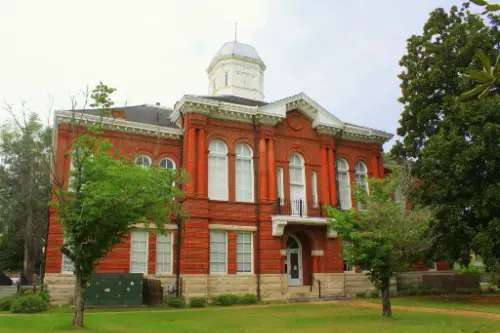
Sumter County, part of Alabama’s Black Belt region, has long struggled with economic depression, according to the Alabama Reflector. Efforts to attract large-scale industrial projects, such as a proposed U.S. Steel plant in 2008, have not materialized, leaving the county with limited employment opportunities. The median household income remains among the lowest in the state, and poverty rates are high. Residents face challenges related to healthcare access, education, and infrastructure.
Agriculture remains a significant part of the local economy, but it has not provided sufficient income for many families. The lack of industrial development has led to a reliance on low-wage jobs, contributing to ongoing economic struggles. Community initiatives have focused on improving education and workforce training to attract potential employers. However, substantial progress has yet to be seen, and the county continues to seek viable solutions to its economic challenges.
6. McDowell County, West Virginia
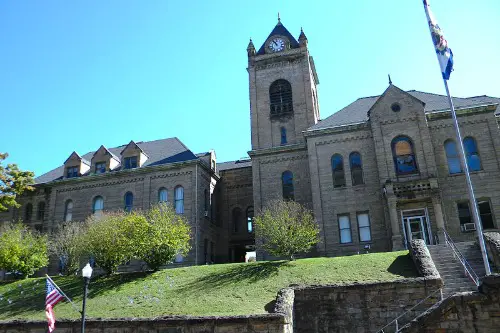
McDowell County was once a booming coal mining area, but the decline of the coal industry has had devastating effects. The loss of mining jobs led to a significant population decrease as residents left in search of work. Today, the county faces high poverty rates, limited healthcare access, and a struggling education system. Efforts to diversify the economy have been challenging due to the remote location and lack of infrastructure.
Community leaders have attempted to promote tourism by highlighting the area’s rich history and natural beauty. Initiatives to improve education and provide job training have been implemented to prepare residents for new types of employment. Despite these efforts, economic recovery has been slow, and many challenges persist. The resilience of the remaining residents is evident as they continue to work towards a better future for their community.
7. Danville, Virginia
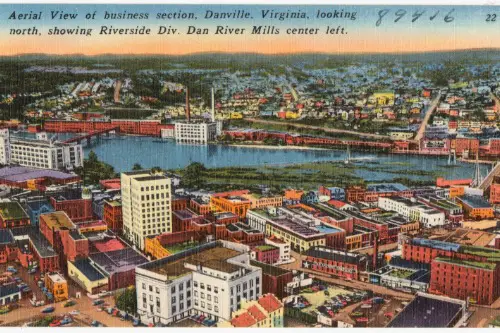
Danville was once a major center for tobacco and textile production, but those industries have largely disappeared. The closing of factories led to widespread job losses, leaving many residents struggling to make ends meet. The downtown area has seen numerous businesses shut down, and abandoned buildings remain a common sight. The local economy has been slow to recover, with limited opportunities for younger generations.
The city has also faced challenges with crime and drug addiction, further complicating efforts for economic revival. Some redevelopment efforts, such as the renovation of historic buildings and small business incentives, have started to gain traction. However, many residents still live below the poverty line, and the struggle to attract new industries continues. Danville’s story is one of resilience, but the path to prosperity remains uncertain.
8. Robeson County, North Carolina
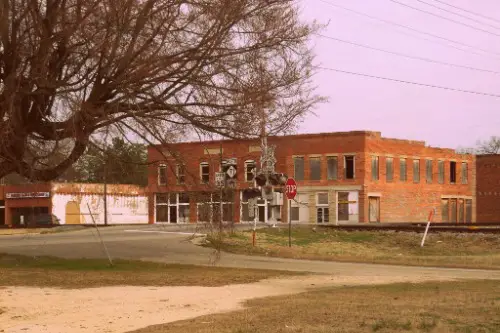
Robeson County, home to a diverse population including the Lumbee Tribe, has faced economic difficulties for decades. The decline of the textile and tobacco industries, once major employers in the area, led to significant job losses. This economic downturn has been compounded by challenges such as high poverty rates and limited access to quality healthcare. Efforts to diversify the economy have been ongoing, but progress has been slow.
In recent years, the county has focused on developing sectors like renewable energy and agriculture to create new job opportunities. Educational programs have been implemented to improve workforce skills and attract potential employers. Despite these initiatives, many residents still struggle with the lingering effects of economic decline. The community continues to seek innovative solutions to revitalize the area and improve the quality of life for its inhabitants.
9. Bastrop, Louisiana
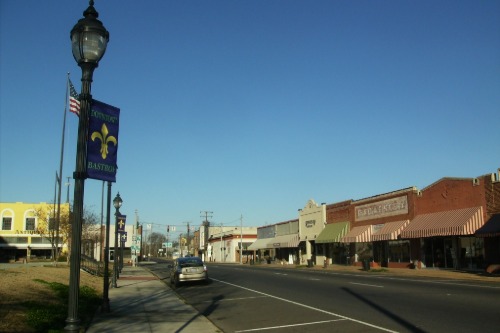
Bastrop was once a thriving paper mill town, but when the mill shut down in 2008, the local economy collapsed. Thousands of jobs were lost, and businesses that relied on the mill’s workers struggled to stay open. The population has dwindled as many families have left in search of better opportunities elsewhere. Today, Bastrop faces high unemployment, poverty, and a declining tax base that makes it difficult to fund public services.
The city has tried to attract new businesses, but progress has been slow. Schools and healthcare facilities have suffered from a lack of resources, making it even harder to retain residents. Many neighborhoods have been affected by blight, with empty homes and storefronts scattered throughout the town. Despite these difficulties, Bastrop remains home to a tight-knit community that continues to hope for better days ahead.
10. Tchula, Mississippi
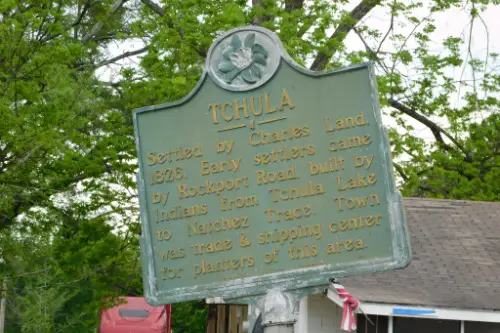
Tchula, located in Holmes County, has faced persistent economic challenges. Once a community with a strong agricultural base, advancements in farming technology reduced the need for manual labor, leading to job losses. The town’s poverty rate has remained high, and efforts to attract new industries have been limited. Residents continue to grapple with limited access to healthcare and education, further hindering economic progress.
The decline in traditional farming has also led to a decrease in population, as many residents have moved elsewhere in search of better opportunities. This outmigration has resulted in a reduced tax base, making it difficult for the town to maintain infrastructure and public services. Despite these challenges, the community remains tight-knit, with residents supporting one another through difficult times. Local leaders are exploring avenues such as small business development and tourism to revitalize the area.
11. Anniston, Alabama
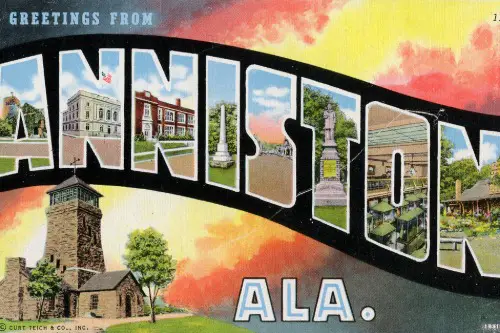
Anniston was once a thriving industrial town, known for its military base and chemical production facilities. However, the decline of these industries led to widespread job losses and economic instability. To make matters worse, the city was at the center of one of the worst PCB contamination cases in the country, causing environmental and health concerns. The pollution scandal led to lawsuits and financial settlements, but the damage to the community was long-lasting.
The economic downturn left Anniston with high poverty rates and a struggling downtown area. Many businesses have shut down, and abandoned buildings are a common sight. Crime has also been a persistent issue, further discouraging investment and growth. While there have been efforts to promote tourism and small business development, significant challenges remain.
12. Port Arthur, Texas

Port Arthur, once a booming oil town, has seen economic and environmental struggles in recent decades. The city’s dependence on the oil industry has made it vulnerable to economic downturns and natural disasters. Major hurricanes, including Harvey in 2017, devastated the community, displacing residents and damaging infrastructure. Many homes and businesses have not fully recovered, leaving parts of the city looking abandoned.
The high poverty rate and lack of job opportunities have contributed to the city’s struggles. Pollution from nearby refineries has also caused serious health concerns for residents. While there have been some redevelopment projects, progress has been slow, and many locals feel left behind. Despite these challenges, Port Arthur remains a place of strong community ties and cultural heritage.


